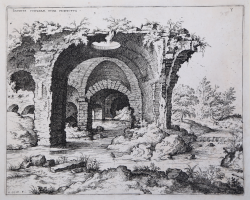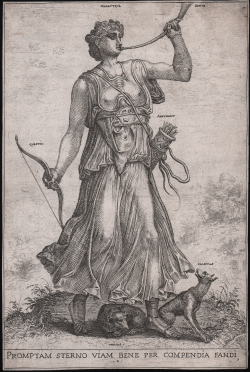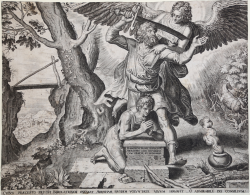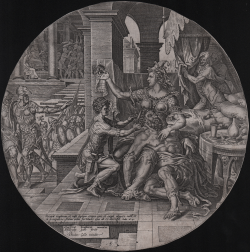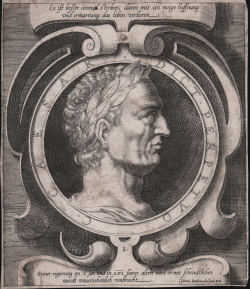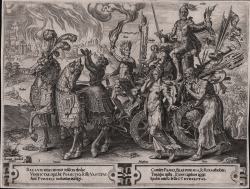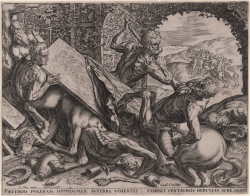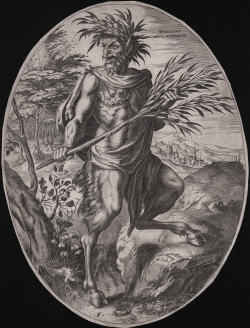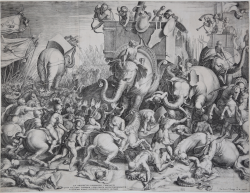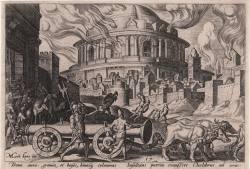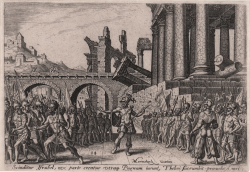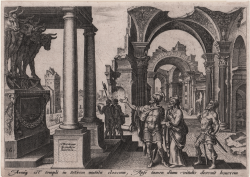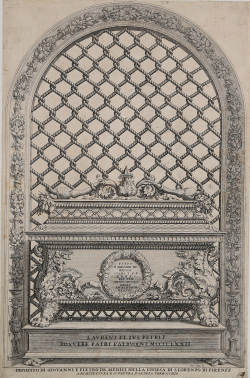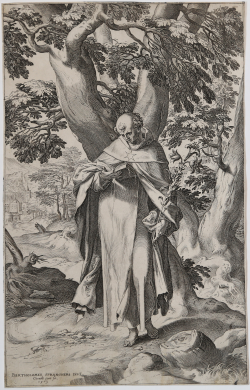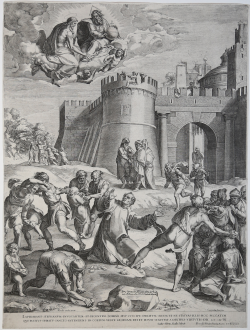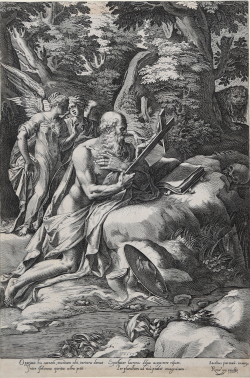XVI Century - Flemish School
XVI Century - Flemish School
Sort by:
Showing 1-20 of 79 item(s)
Hieronimus COCK
Code:
s35219
Measures:
284 x 226 mm
Year:
1550
Hieronimus COCK
Code:
S45949
Measures:
200 x 270 mm
Year:
1550 ca.
Hieronimus COCK
Code:
S48421
Measures:
205 x 305 mm
Year:
1550
Philippe GALLE
Code:
S32367
Measures:
441 x 345 mm
Year:
1560 ca.
Philippe GALLE
Code:
S44278
Measures:
255 x 255 mm
Year:
1560 ca.
Joos Gietleughen
Code:
S47000
Measures:
205 x 240 mm
Year:
1560 ca.
Cornelis CORT
Code:
S45481
Measures:
295 x 220 mm
Year:
1564
Cornelis CORT
Code:
S30319
Measures:
290 x 230 mm
Year:
1565
Cornelis CORT
Code:
S44710
Measures:
220 x 295 mm
Year:
1565
Cornelis CORT
Code:
S47047
Measures:
540 x 410 mm
Year:
1567
Philippe GALLE
Code:
S35321
Measures:
205 x 145 mm
Year:
1569
Philippe GALLE
Code:
S35323
Measures:
205 x 145 mm
Year:
1569
Philippe GALLE
Code:
S35322
Measures:
205 x 145 mm
Year:
1569
Cornelis CORT
Code:
S16973
Measures:
238 x 438 mm
Year:
1570
Cornelis CORT
Code:
S48934
Measures:
275 x 415 mm
Year:
1570 ca.
Cornelis CORT
Code:
S48933
Measures:
270 x 425 mm
Year:
1570 ca.
Cornelis CORT
Code:
S38094
Measures:
214 x 337 mm
Year:
1573 ca.
Johannes van DOETECUM
Code:
S305203
Measures:
246 x 198 mm
Year:
1574 ca.
Cornelis CORT
Code:
S30152
Measures:
428 x 570 mm
Year:
1576
Cornelis CORT
Code:
S30166
Measures:
378 x 250 mm
Year:
1577

